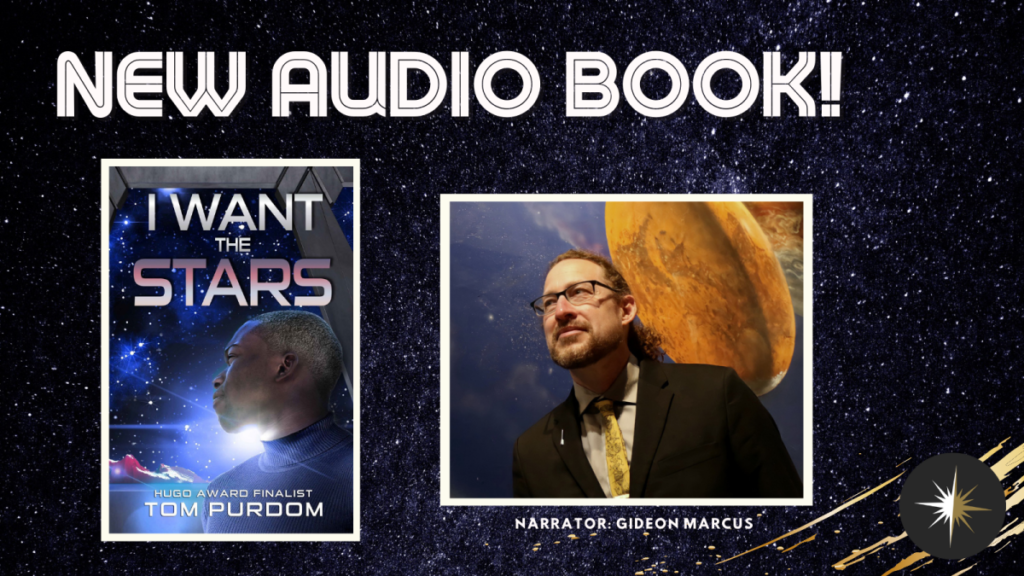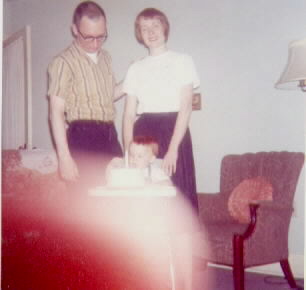
One of the occupational hazards of being an historian, particularly of the times half a century passed, is that you meet a lot of the people you are researching. When I was composing a history of the earliest Moon probes, I befriended most of the original scientists and engineers at Space Technology Laboratories. I even facilitated a reunion of the team in ~2007.
While it’s great to get history from the horse’s mouth, it also means knowing a lot of people who are in the sunset years of their lives. It means getting frequent word of yet another friend passing away, never to be heard from again.
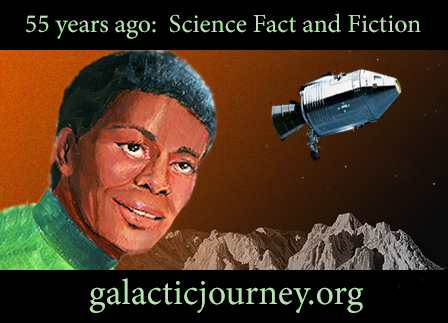
I started Galactic Journey back in 2013, when it was 1958 in Journey time. Now it’s 1969. I’ve gotten to meet and enjoy the company and correspondence with a lot of the big writers of the time: Larry Niven, Robert Silverberg, Michael Moorcock, David Boutland (Rome), Ted White, Lexy Panshin, Kit Reed. I was saddened by the passing of the last two, and I mourn their loss and the stories they never got to share.
The one that’s hit me hardest is Tom’s death. He passed away from cancer on January 14.
Tom had one of the longest careers in science fiction. He started getting published in the latter ’50s, and until his passing, probably was the senior science fictioneer. Maybe it was Moorcock (it certainly is now). Arguably, it was Silverbob, though he hasn’t published much lately, to my knowledge. Of course, none of these holds a candle to Jack Williamson, who wrote from the ’20s to the ’00s, but being #2, perhaps Tom tried harder.
It is thus ironic that it took me so long to discover Tom. I didn’t read his first book, I Want the Stars, until 2019 (1964 in Journey time). It had a terrific impact on me, this progressive, prescient science fiction adventure, released in an almost disposable format—one half of an Ace Double. The timing was good. We had just launched Journey Press, and rediscovering lost gems was one of our core missions.
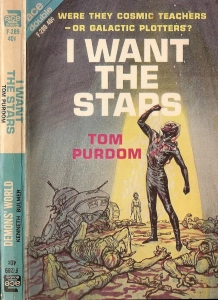
And it turned out that Tom was not only still alive, but still producing science fiction, regularly appearing in the table of contents of Asimov’s Science Fiction. I emailed him, and he promptly wrote back, and a friendship was born. Shortly afterwards, I Want the Stars was back in print after 56 years of lying fallow.
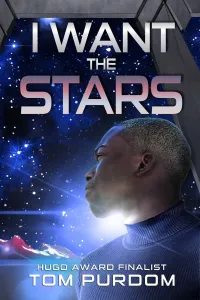
Tom and I kept in frequent contact after that. He went through great effort to sign bookplates for his novel and mail them to us so we could give them to bookstores. He appeared on a special episode of The Journey Show featuring writers. He told me anecdotes of his time in Philadelphia fandom (a favorite story: a fellow Philadelphian and Ace Double author was Samuel R. (“Chip”) Delany. Once, Tom suggested he and Chip pose for an author photo together. Since Ace Doubles were printed inverted, back to back, he proposed that one of them be standing on his head!)
He had two distinct phases of science fiction writing—the ’50s-’70s and then the ’90s-’20s. Though he was Vice President of the Science Fiction Writers of America in ’72 and head of the eastern SWFA branch in the late ’70s, he considered himself a journalist first, devoting much of his time to music critique.
He was also a mensch of the first order, quietly doing good all of his life. He worked with inner city charities, and he marched with MLK on Washington in 1963. Tom always had time for a chat, and his mind was razor sharp all the way to our last conversation, the day after Christmas of last year. I won’t lie: for me, the week of January 14th was essentially lost. I was pretty deep in despair after I heard the news the morning of January 15. I still can’t believe he’s gone.
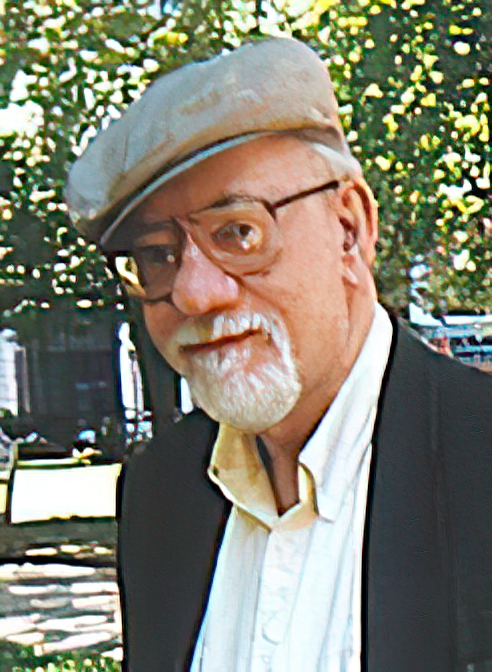
Tom maintained a website, and it has his bio on it. It’s worth a read, like all of his work. Please, discover his stories, meet the man as best you can now that he’s gone. I can’t think of a better way to honor my friend than to enjoy the tales he spun.
~Gideon


